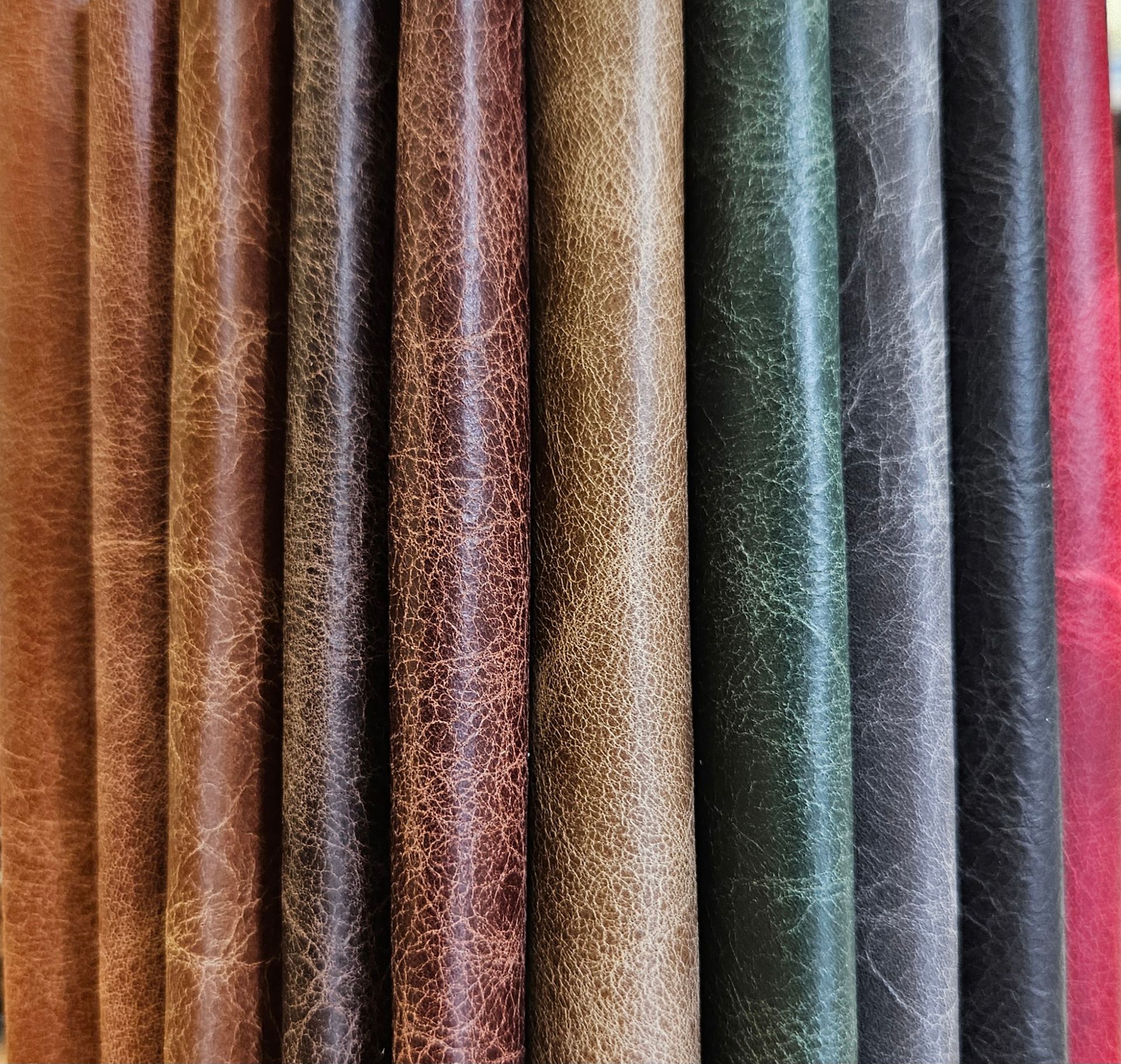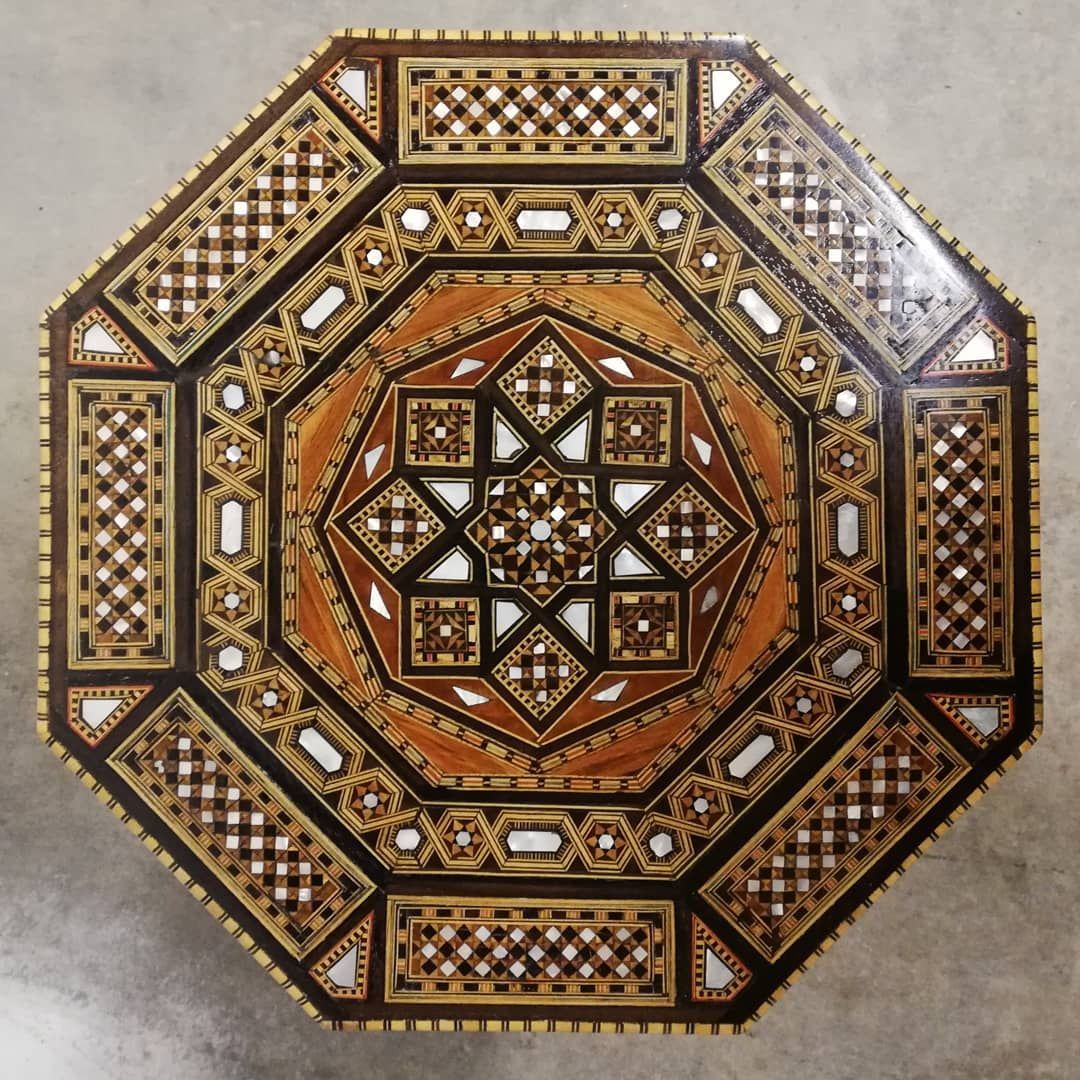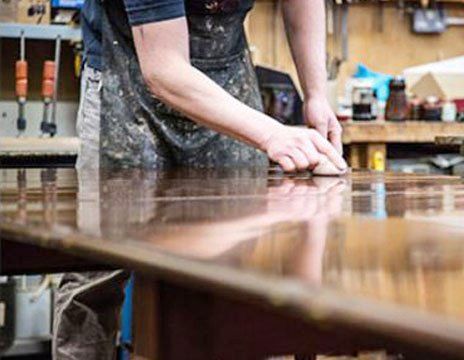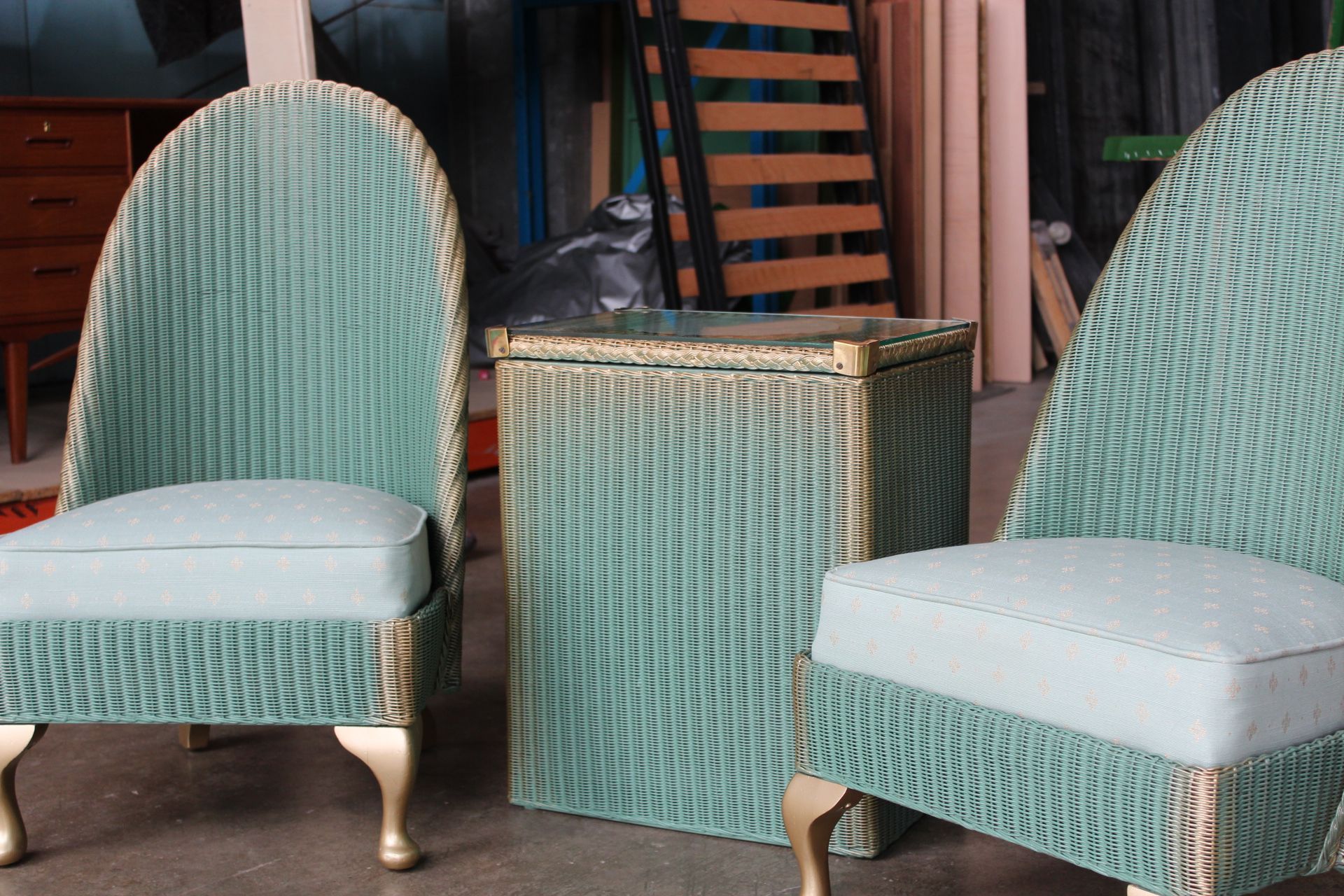Blog
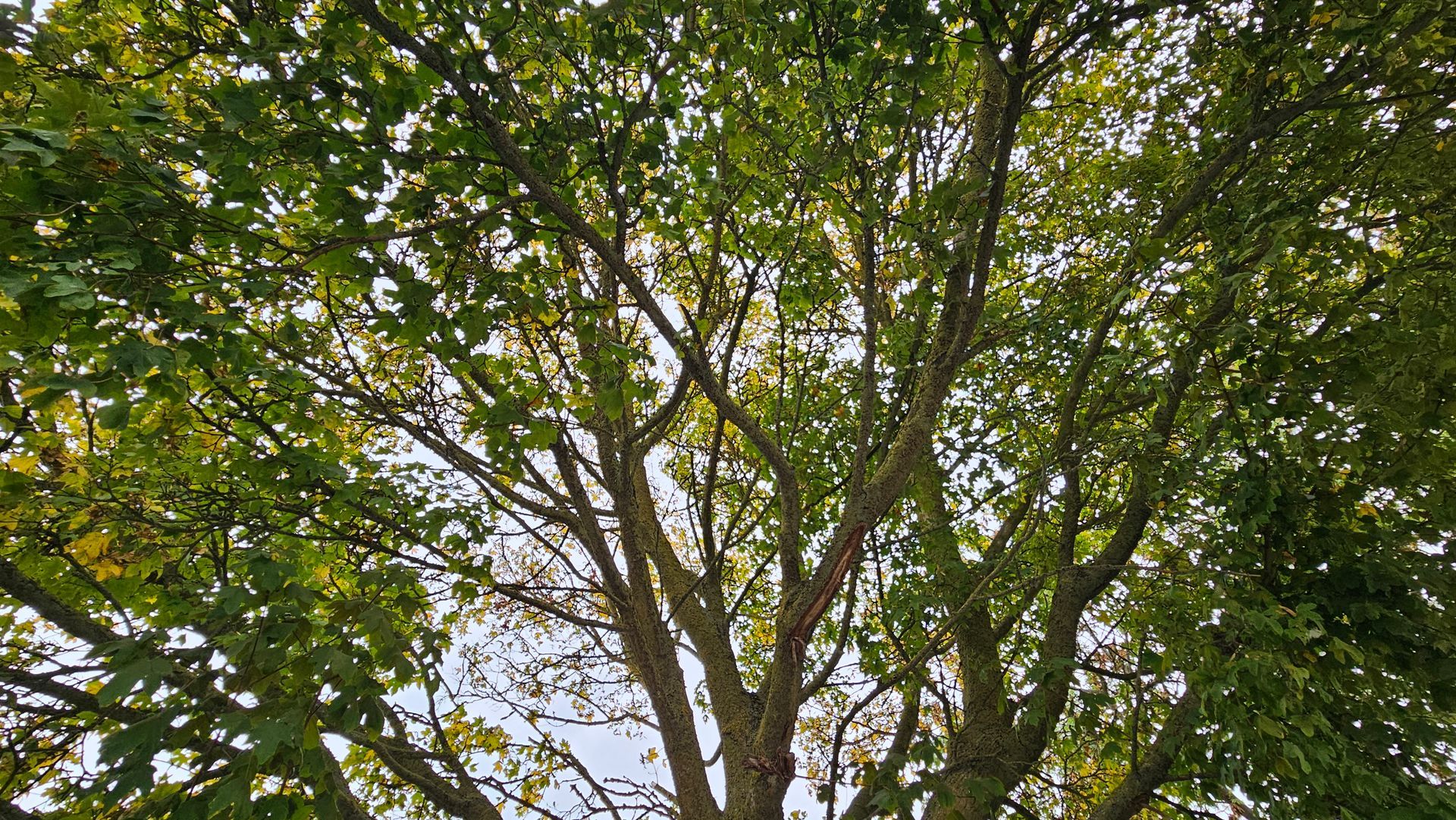
At Kendal Restoration, we believe that every frame should reflect not only the beauty of the object it holds, but the integrity of the materials behind it. That’s why we choose to work with suppliers who share our values—craftsmanship, responsibility, and care for the planet. Two of our most trusted partners, Lion Picture Framing and Larson-Juhl, are leading the way in sustainable sourcing. Their commitment to ethical practices ensures that every moulding, mount, and material we use is as thoughtful as the restoration itself. Lion Picture Framing: Practical Sustainability with a Local Focus Lion PF has built its reputation on quality and innovation, with sustainability woven into its operations. Their approach is grounded in transparency and practicality, making it easy for framers and restorers to make responsible choices. • FSC-certified timber: Lion prioritises mouldings made from wood sourced from responsibly managed forests. This ensures that every frame supports long-term forest health and biodiversity. • Low-impact finishes: Many of their products use water-based or low-VOC coatings, reducing harmful emissions and improving indoor air quality. • Efficient packaging: Lion uses recyclable and minimal packaging, helping reduce waste across the supply chain. • UK-based distribution: By sourcing and distributing locally where possible, Lion reduces transport emissions and supports British manufacturing. Their sustainability efforts are practical and accessible, allowing small workshops like ours to make better choices without compromising on quality. Larson-Juhl: Global Leadership in Ethical Framing As one of the world’s largest framing suppliers, Larson-Juhl brings scale and influence to sustainable sourcing. Their commitment spans continents, with a focus on long-term environmental stewardship. • Certified wood sourcing: Larson-Juhl uses FSC and PEFC-certified timber across its product lines, ensuring traceability and ethical forestry practices. • Eco-conscious manufacturing: Their facilities are designed to minimise energy use, with many operating on renewable energy and implementing waste-reduction programmes. • Recycled and sustainable mouldings: Larson-Juhl offers mouldings made from recycled materials and sustainably harvested wood, combining style with responsibility. • Reforestation and conservation: Through partnerships and internal initiatives, they actively support tree planting and forest conservation efforts worldwide. Their global reach allows them to set high standards across the industry, and we’re proud to bring their products into our local projects. What This Means for Our Clients When you choose Kendal Restoration, you’re not just investing in craftsmanship—you’re supporting a supply chain that values sustainability, ethics, and transparency. Whether we’re framing a family heirloom or a contemporary print, we select materials that reflect your values and ours. • You receive a product made from responsibly sourced wood • You support suppliers who care about the planet and future generations • You enjoy a frame that’s beautiful, durable, and ethically made Sustainability in framing isn’t a trend—it’s a responsibility. By partnering with Lion PF and Larson-Juhl, we ensure that every detail of your restoration is rooted in care, from the materials we choose to the stories we help preserve. At Kendal Restoration, framing with purpose means framing with integrity.
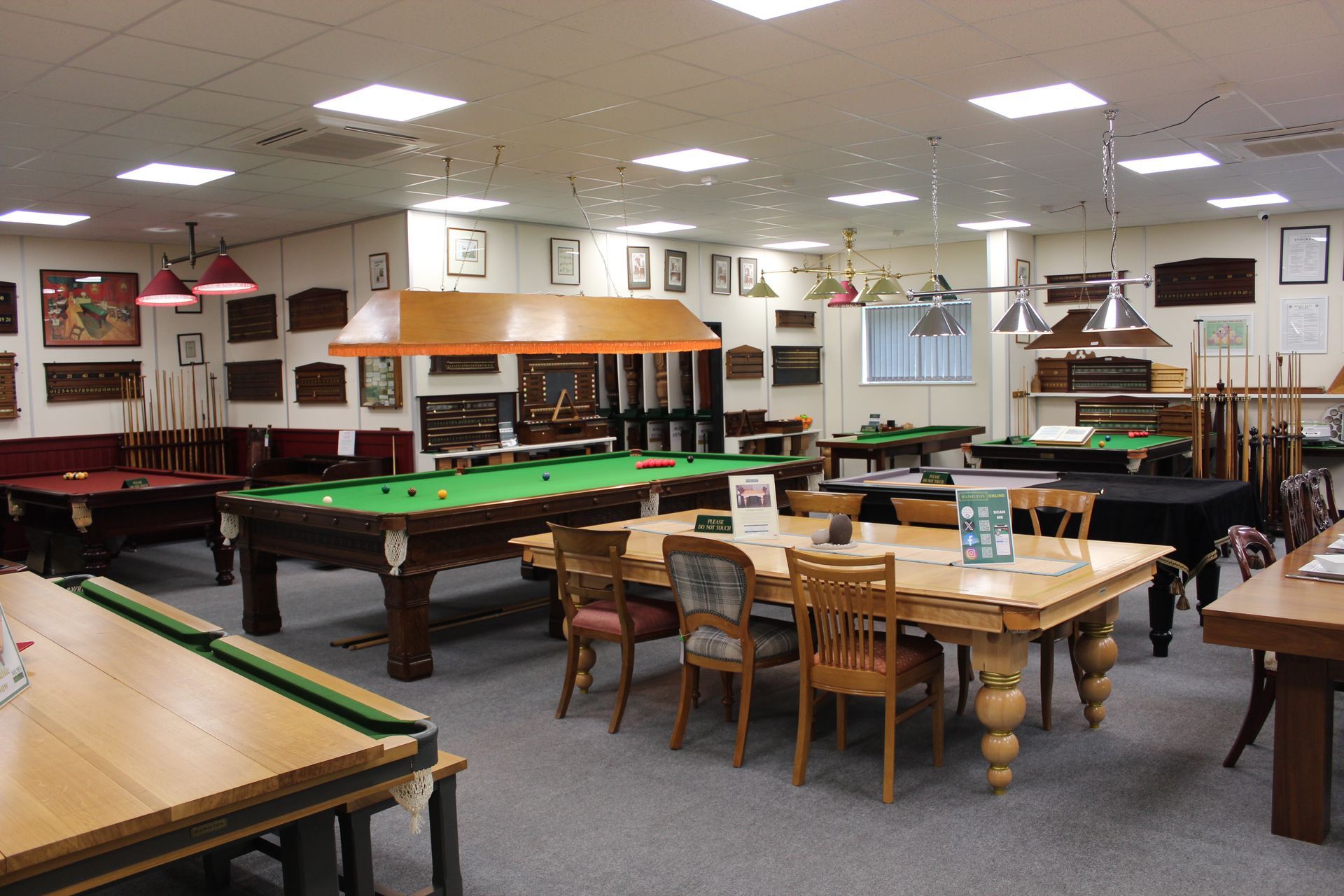
At Kendals Restoration, we know that true craftsmanship is never rushed. It lives in the careful sanding of a timeworn chair leg, the sympathetic repair of a marquetry inlay, and the final polish that brings a piece back to life. That same reverence for detail and tradition runs through our sister company, Hamilton Billiards . They specialise in handcrafted snooker, pool, and billiard tables, along with the cues, accessories, and restorations that complete the experience.
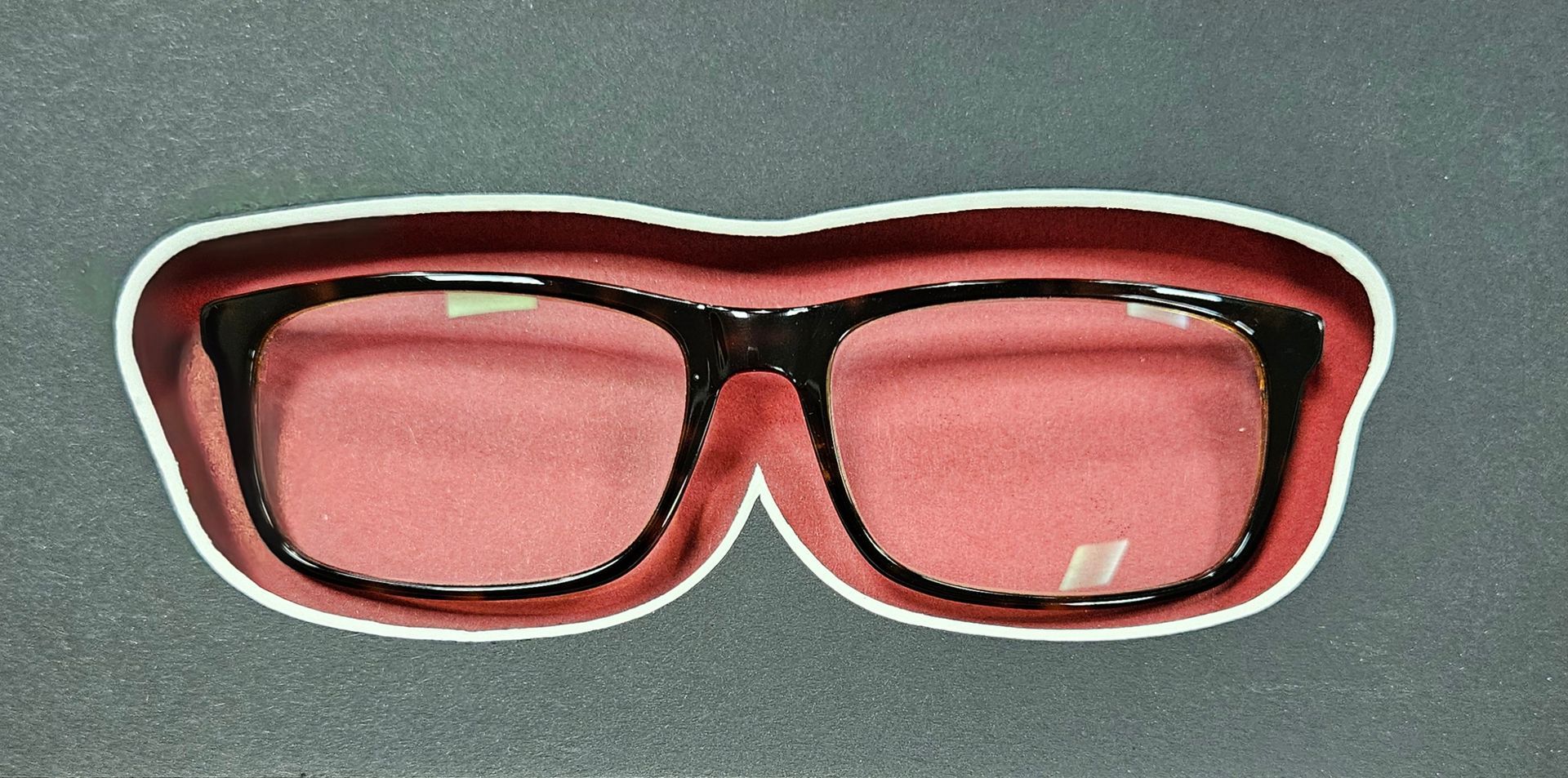
Not everything fits inside a neat rectangle and at Kendals Framing , that’s exactly where the challenge (and the creativity) begins. Whether it’s a vintage tennis racket, a curved heirloom brooch, or a badge collection that sprawls in asymmetrical glory, our custom-shaped mounts are designed to cradle objects that defy convention. Framing Challenges We Solve Here are some examples of what we’re asked to frame and how shaped mounts bring them to life: Sports memorabilia : Football boots, tennis rackets, medals arranged in a dynamic arc Tools or instruments : Brass gauges, pliers, or watch parts in thematic layouts Fashion accessories : Necklaces or brooches styled in visual waves or clusters Historic artifacts : Keys, letters, coins or map fragments placed in layered storyboards These items often come with complex silhouettes , so standard mounts just won't do. We use CNC-guided cutting to create accurate contours or layered recesses, making sure each object feels intentionally placed — not forced in. How Shaped Mounting Works The process starts with a visual consultation. We assess the object's size, curvature, and desired orientation. Then: We digitise the object's outline to guide the cutting software Custom apertures are designed to complement both form and function Grooves or multi-layer structures are added if extra depth or support is needed Mountboard finishes are chosen to match the item’s tone — from subtle conservation-grade hues to bold accents for retail or branding impact When Function Meets Flair These frames are more than display cases — they’re storytelling devices. A well-shaped mount lets the item “breathe,” offering the right space around each edge while creating a visually balanced layout. And for high-value or fragile items, we incorporate invisible support structures or protective recesses that preserve integrity without compromising aesthetics.
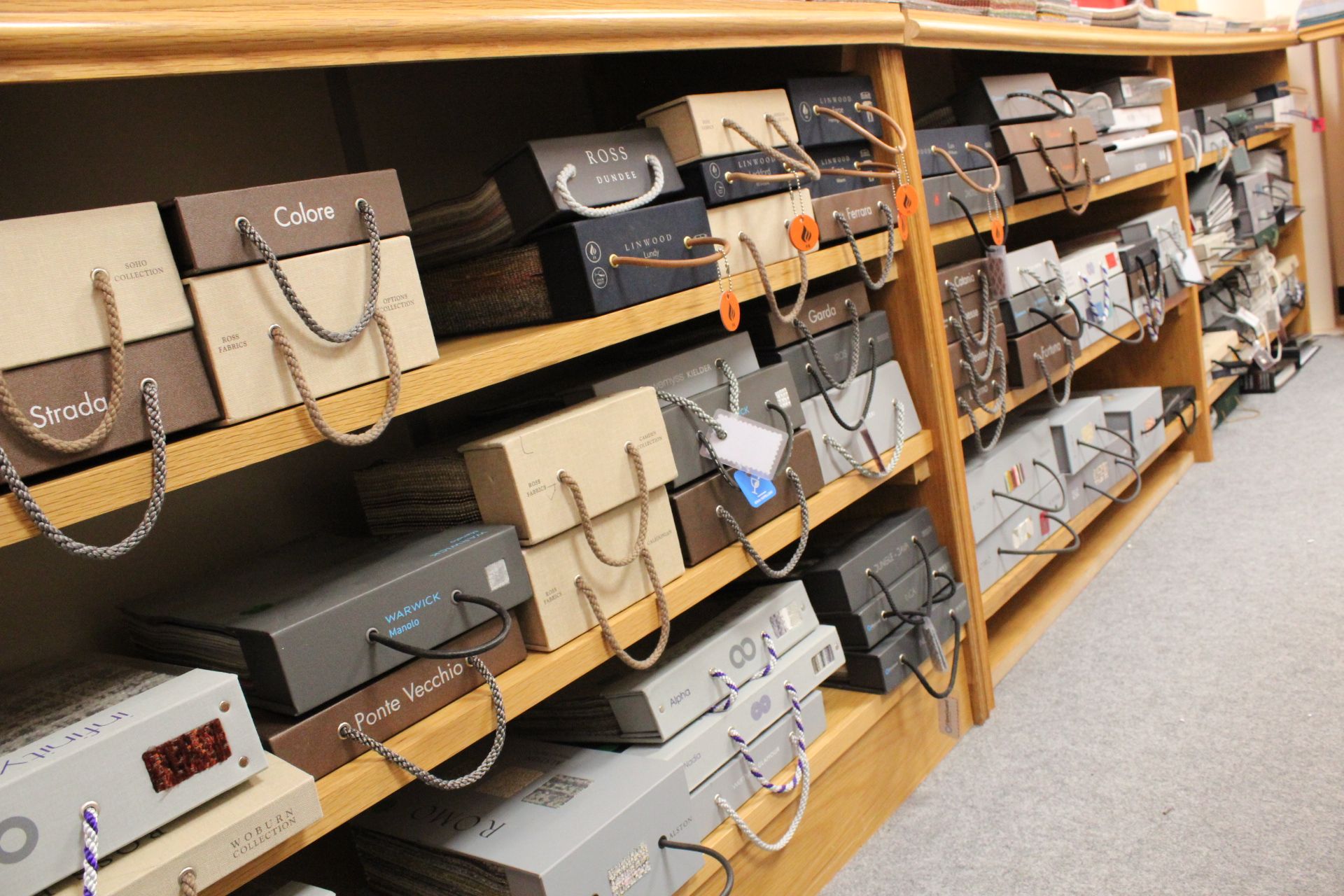
When it comes to upholstering your furniture, the choice of fabric plays a crucial role in both aesthetics and functionality. At Kendals, we offer expert advice to help you select the perfect upholstery fabric that suits your style and needs. Understanding Fabric Types There are various fabric types to consider for furniture upholstery, each with its own unique characteristics. Here's a quick overview: Cotton: Known for its softness and breathability, cotton is a versatile choice for upholstery. It's available in a wide range of patterns and colours. Linen: A natural fibre that's durable and strong, linen offers a crisp, clean look. It's perfect for a light and airy feel. Velvet: Luxurious and plush, velvet adds a touch of elegance to any piece of furniture. It's ideal for creating a cosy and sophisticated atmosphere. Leather: Durable and timeless, leather upholstery is easy to clean and adds a classic touch to your furniture. Synthetic Fabrics: Materials like polyester and nylon are highly durable and stain-resistant, making them great for high-traffic areas. Considering Durability and Maintenance When choosing upholstery fabric, it's important to consider how the furniture will be used and maintained: High-Traffic Areas: For furniture in high-traffic areas, opt for durable and stain-resistant fabrics like synthetic blends or leather. Ease of Cleaning: Consider fabrics that are easy to clean and maintain, especially if you have pets or children. Fade Resistance: If your furniture will be exposed to direct sunlight, choose fade-resistant fabrics to maintain their colour and vibrancy. Matching Your Style Your choice of fabric should reflect your personal style and the overall aesthetic of your home: Traditional: Classic fabrics like velvet and damask add a touch of sophistication to traditional interiors. Modern: Sleek and minimalistic designs benefit from fabrics like linen and cotton in neutral tones. Eclectic: Mix and match patterns and textures to create a unique and vibrant look. Seeking Professional Advice At Kendals, our experts are here to help you make the best fabric choices for your furniture. We take into account your lifestyle, preferences, and the specific needs of each piece and with more than 200 sample books from over 20 suppliers to browse at our showroom you can ensure a perfect match. Choosing the right fabric for furniture upholstery can elevate the look and feel of your home. Trust Kendals to provide expert guidance and high-quality upholstery services.
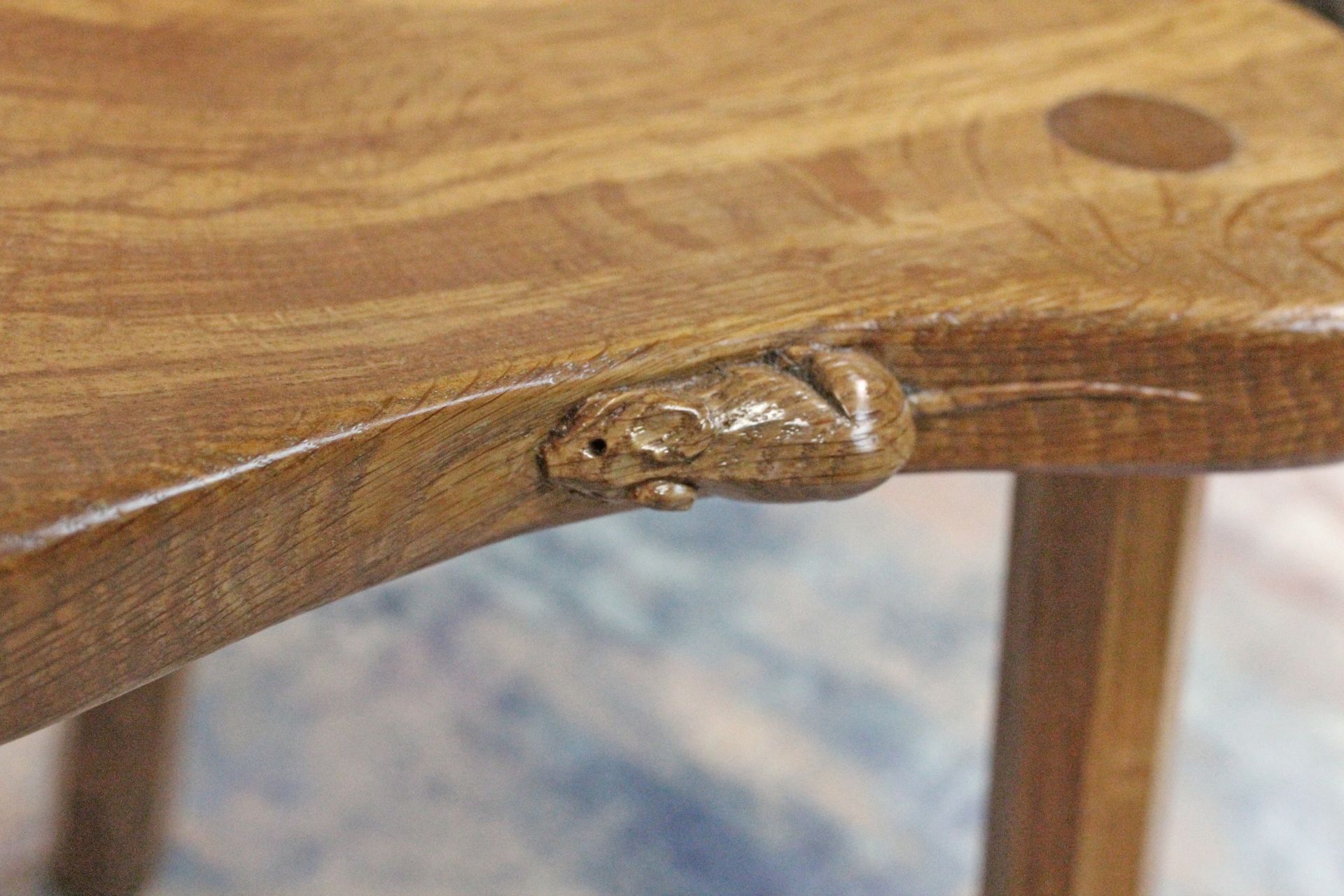
When it comes to exquisite craftsmanship and timeless design, few names resonate as strongly as Robert Thompson, famously known as the “Mouseman.” His legacy of creating beautiful, handcrafted oak furniture has endured for nearly a century, captivating collectors and enthusiasts alike. At Kendals Restoration, we are proud to offer expert restoration services for these cherished pieces, ensuring they continue to be enjoyed for generations to come. A Legacy of Excellence Robert Thompson, a master craftsman from Kilburn, North Yorkshire, began his journey in the early 20th century. His unique signature—a small carved mouse on each piece—quickly became a hallmark of quality and authenticity. This distinctive feature not only adds charm but also signifies the meticulous attention to detail and dedication to craftsmanship that Thompson instilled in his work. The Beauty of Mouseman Furniture Mouseman furniture is renowned for its use of naturally seasoned English oak, which provides durability and a rich, warm aesthetic. Each piece, whether it’s a refectory table, a sideboard, or a simple stool, is crafted with precision and care using traditional techniques. Restoration at Kendals At Kendals Restoration, we understand the value and significance of Mouseman furniture. Our skilled craftsmen are dedicated to preserving the integrity and beauty of these pieces. With over 30 years of experience in furniture repair and restoration, we employ traditional methods to restore each item to its former glory. Whether it’s repairing a damaged leg, refinishing a surface, or reupholstering a seat, our team handles each project with the utmost care and expertise. Why Choose Kendals? Choosing Kendals for your restoration needs means entrusting your treasured furniture to professionals who are passionate about their craft. We offer a range of services, including French polishing, upholstery, and bespoke framing, all tailored to meet the specific needs of your Mouseman furniture. Our commitment to quality and customer satisfaction ensures that your pieces will be restored to their original splendour, ready to be admired and enjoyed once more. Preserving History Restoring Mouseman furniture is more than just a job for us—it’s a way to preserve history. Each piece tells a story, and through our meticulous restoration process, we ensure that these stories continue to be told. By choosing Kendals, you are not only investing in the longevity of your furniture but also in the preservation of a rich heritage of craftsmanship.
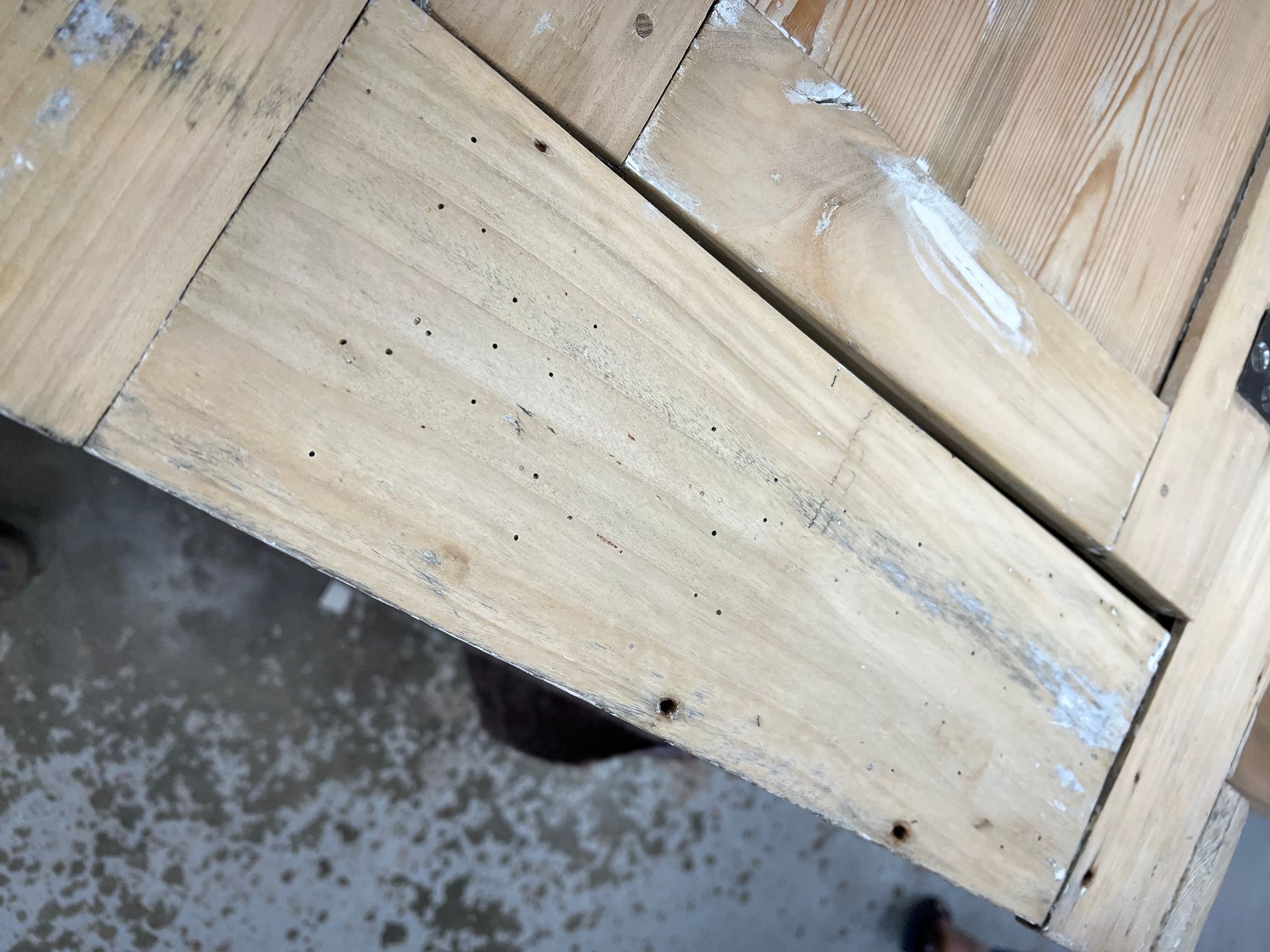
Wooden furniture holds a timeless charm that can grace any living space with elegance and warmth. However, as time passes, even the sturdiest pieces can fall prey to woodworm infestations, posing a threat to their structural integrity and aesthetic appeal. In this blog, we'll delve into the world of furniture woodworm, exploring its causes, signs, and most importantly, effective treatment methods to restore your cherished pieces to their former glory. Understanding Woodworm Infestation Woodworm is a collective term used to describe the larvae of wood-boring insects, primarily beetles, that feed on wood fibres. These larvae burrow through the wood, leaving a network of tunnels that can significantly weaken its structure over time. Common culprits include the Common Furniture Beetle (Anobium punctatum), Deathwatch Beetle (Xestobium rufovillosum), and Powderpost Beetle (Lyctus spp.). Recognizing the Signs Small Holes : Keep an eye out for tiny holes, usually 1-2mm in diameter, on the surface of your wooden furniture. These are exit holes created by mature wood-boring beetles as they emerge from the wood. Fine Dust (Frass) : Beneath or around these exit holes, you might find fine powdery dust, which is actually a mix of wood fibres and insect excrement. This frass is a clear indication of an ongoing woodworm infestation. Weak or Crumbling Wood : If your furniture feels weakened, has visible tunnels, or crumbles easily, it's a strong indication that woodworm larvae have been active within. Effective Treatment Assessment by Professionals : If you suspect a woodworm infestation, the first step is to call in professional furniture restorers or pest control experts. They can accurately assess the extent of the damage and recommend an appropriate course of action. Isolation : Isolate the infested piece from other furniture to prevent the infestation from spreading further. Chemical Treatment : Treatments involve applying specialized woodworm-killing chemicals to the affected areas. Wood Replacement : In severe cases, where the infestation has caused irreversible damage, affected parts of the furniture might need to be replaced with new wood. Preventive Measures : Once the infestation is dealt with, take preventive measures such as maintaining a controlled humidity level, avoiding contact with damp walls, and applying appropriate wood treatments to deter future infestations. A woodworm infestation might seem like a daunting challenge, but with the right knowledge and professional assistance, your treasured wooden furniture can be restored to its former glory. Early detection, swift action, and adherence to effective treatment methods are the key to ensuring that your furniture remains a symbol of enduring beauty and craftsmanship for generations to come. Don't let these tiny invaders undermine the value of your furniture – take the steps to fight back and preserve its legacy.

